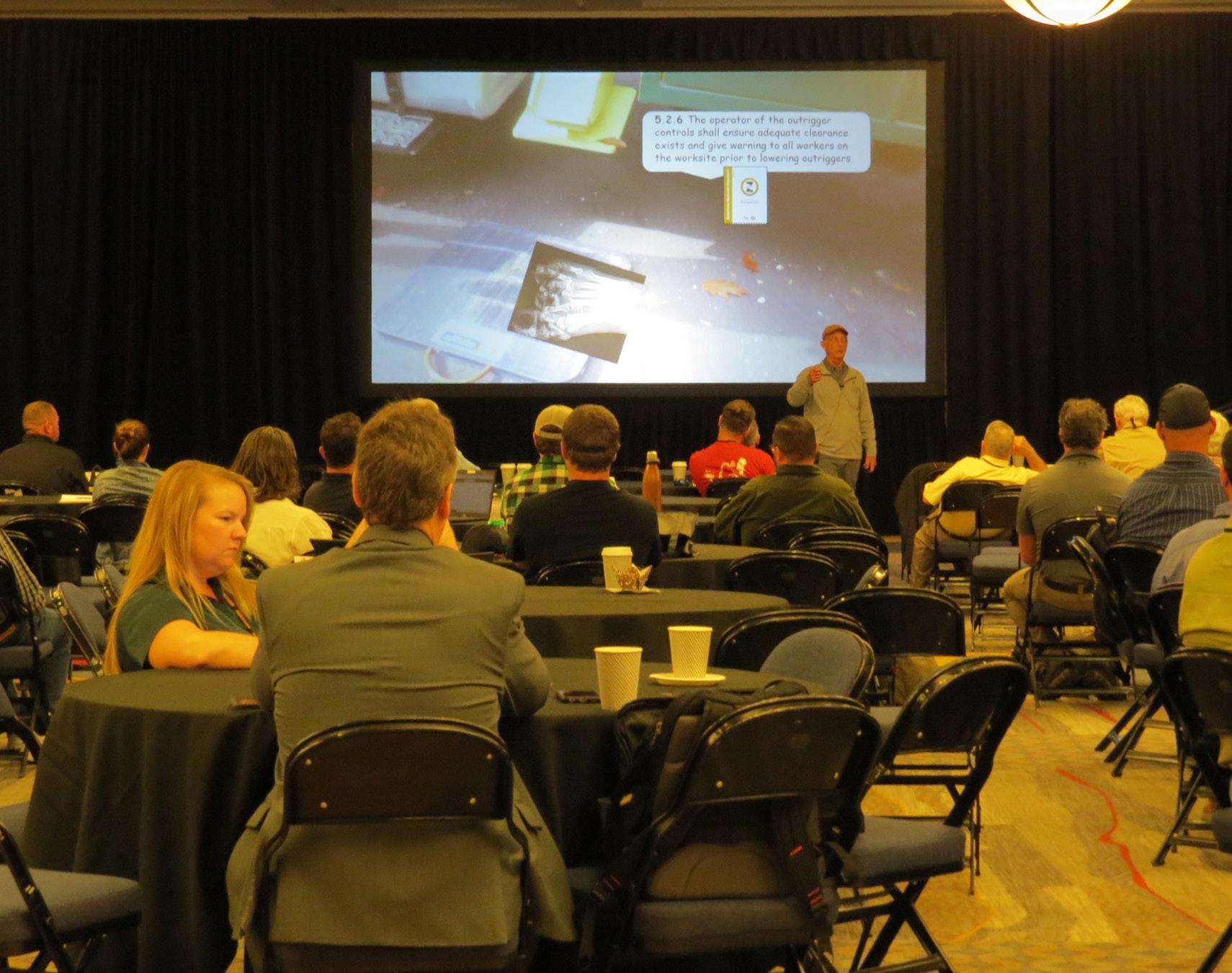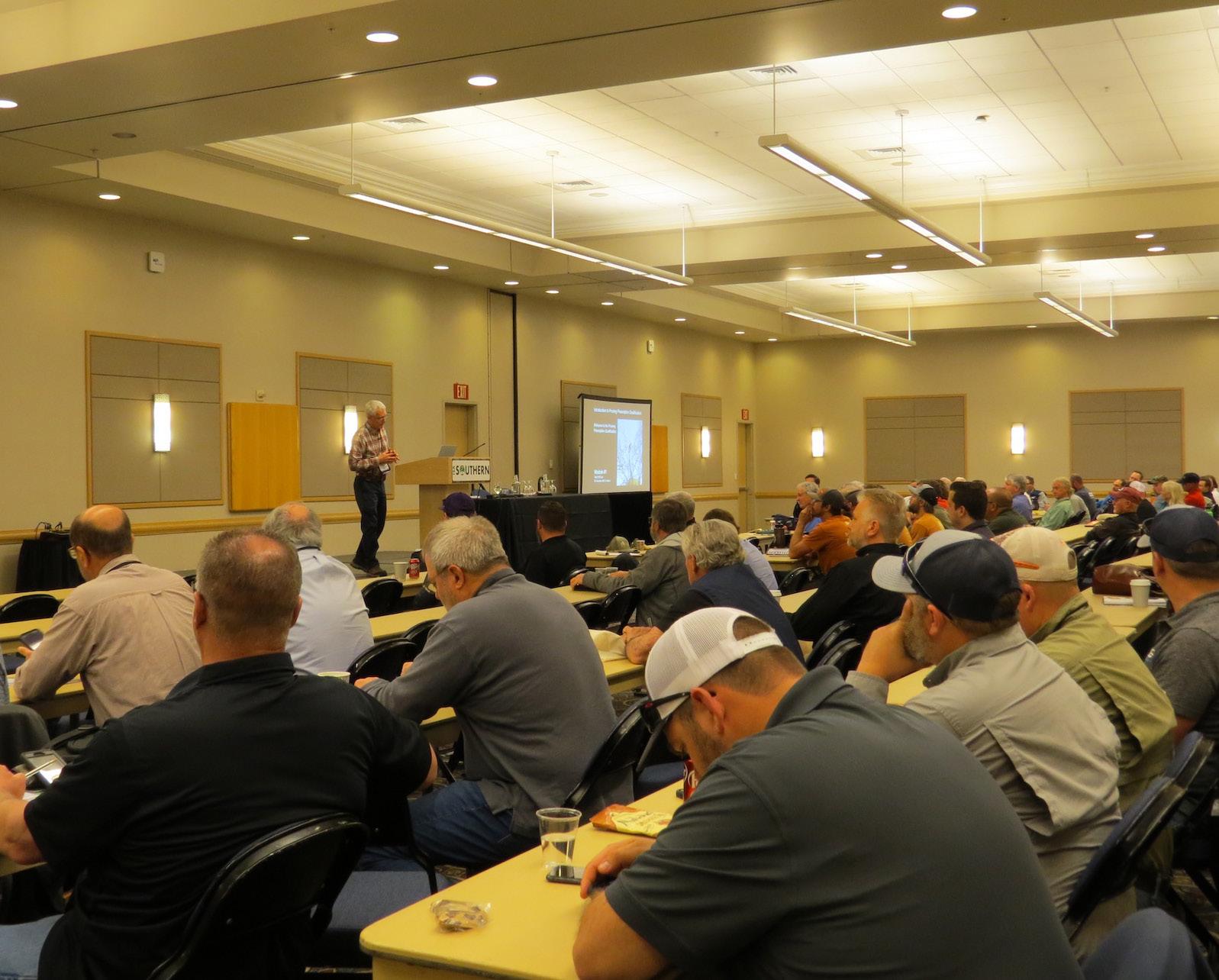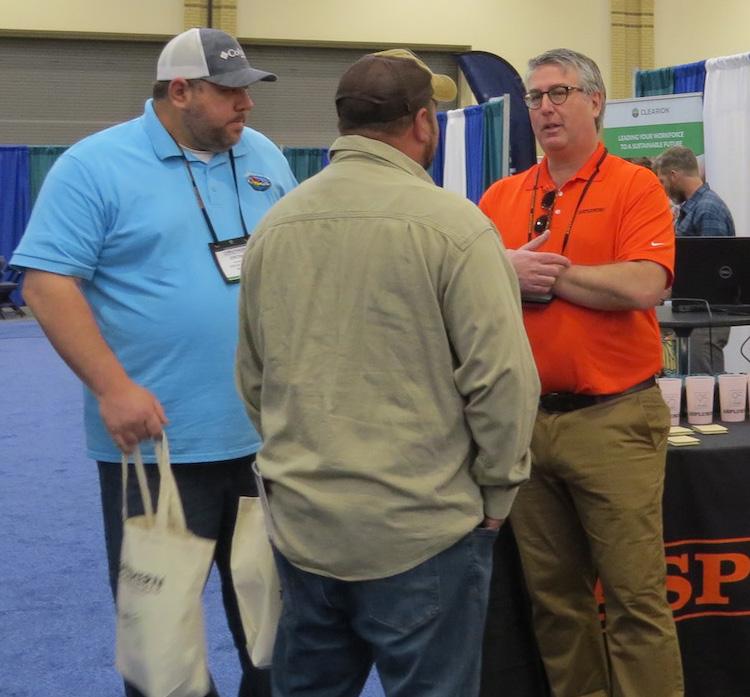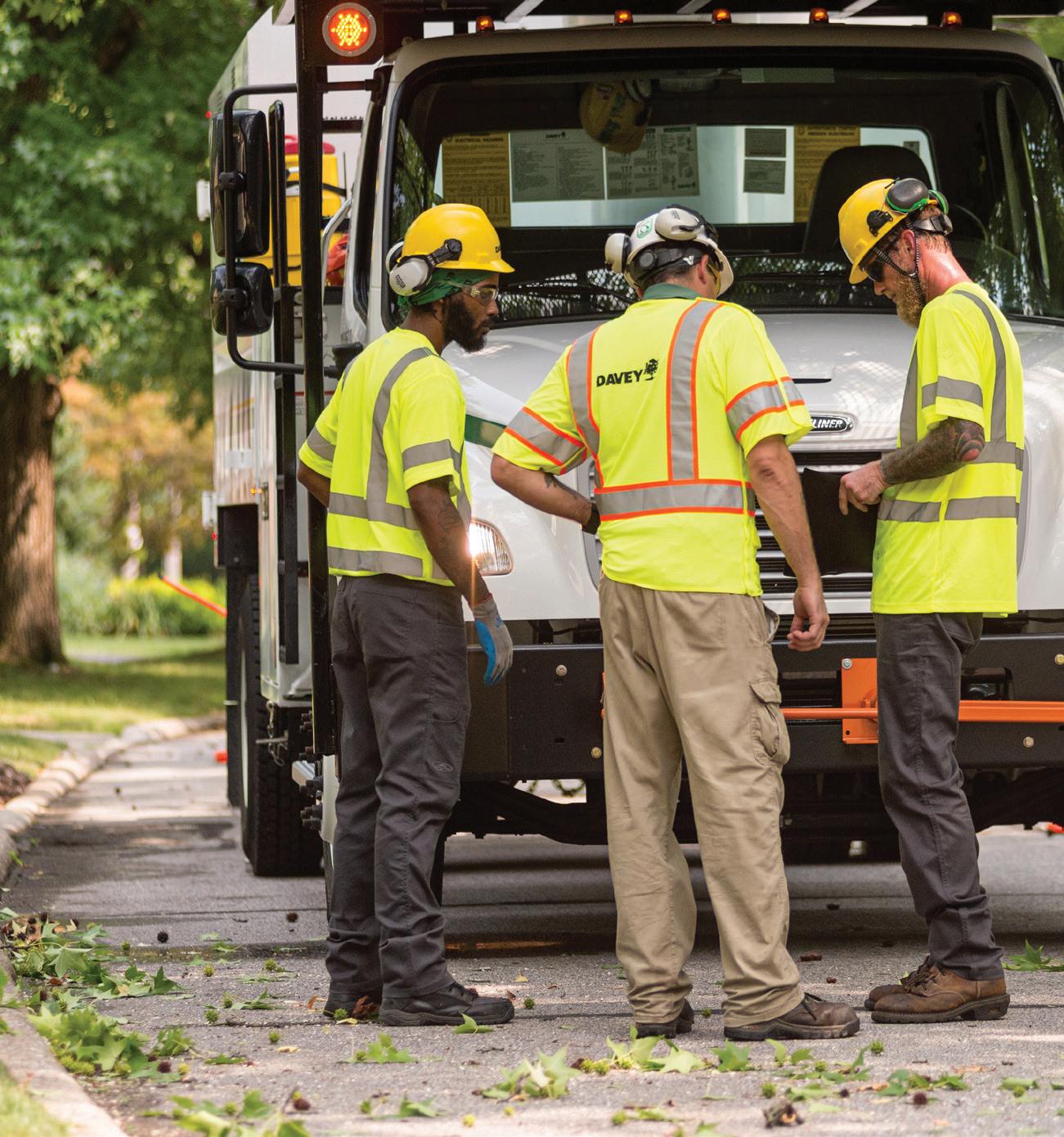
2 minute read
A brief history of urban forestry in the U.S.

by Grace Holland, Auburn University
Late 18th - Early 19th Century
When colonists arrived in America, they began cutting the seemingly endless forests with reckless abandon to build houses, wagons, and other comforts. In response to the rapid deforestation, townsfolk began intentionally planting trees, with the first planting on record in 1686. The late 18th century was named the “village improvement era” as individuals took action to make their towns look better by planting trees and maintaining urban landscapes. Philadelphia hired its first arborist in 1896, widely considered to be the first urban forester in the U.S. In the early 1800s there were efforts to improve cemeteries by designing them to resemble parks, which protected the trees within since they were on sacred grounds. Private societies also started to form around this time to organize individual efforts towards large, town-wide projects. City forestry associations and conservation groups created a legacy that led to what we now consider urban forestry.
Late 19th - Early 20th Century
The new era of industrialization brought public health concerns from increased pollution and higher population density. As a result, there was a push for urban tree planting and public parks which created an urban forestry movement. Women took much responsibility in the beautifying or “greening” of their cities since botany and gardening were deemed feminine sciences and activities. Making a city clean and livable was seen as an extension of housekeeping. Women, often those in higher society, would advocate, fundraise, and care for the plants in public spaces. In the new century, private businesses also realized the importance of trees with some like the Bartlett family investing in research. Nebraska celebrated the first arbor day in 1872 and many states followed with their own arbor days until it was declared a national holiday nearly a century later in 1970. The ISA and the Society of American Foresters (SAF) helped propel efforts in the early twentieth century by building professionalism and supporting research in the urban forest.
Late 20th - Early 21st Century
As cities became dense centers of political capital, governmental agencies sought to please the urbanites. In 1965, President Johnson held a Conference on Natural Beauty in which he spoke of the inherent value of nature and the need for conservation as well as the threat urbanization posed on the land. He advocated for bringing nature into cities so children and adults alike may benefit from it and urged local, state, and federal agencies to help their citizens. In the same year, Professor Erik Jorgensen coined the term “urban forestry” to describe the practice of managing trees within city limits. Soon after in 1978 the U.S Forest Service provided funding to state agencies and nongovernmental organizations to increase research into the topic. President Bush also enacted the America the Beautiful program with the 1990 Farm Act creating a National Tree Trust, a National Urban and Community Forestry Advisory Council, and the Urban and Community Forestry Assistance program, which provides funding to this day.
Present Day
Urban forestry is a growing field! Initially, research into urban forestry remained relatively low. The 1970s saw some increase, but since the turn of the century research in urban forestry has been booming. Last year, Southern University and A&M College’s Urban Forestry Degree Program became the first in the nation to be accredited by the SAF and the Southern Association of Colleges and School. Also last year, the Inflation Reduction Act was passed which allocated $1.5 billion towards funding equitable tree cover in urban areas through the U.S. Forest Service’s Urban and Community Forestry Program. With this investment, America can make its way towards a cleaner, greener, and more equitable future.































